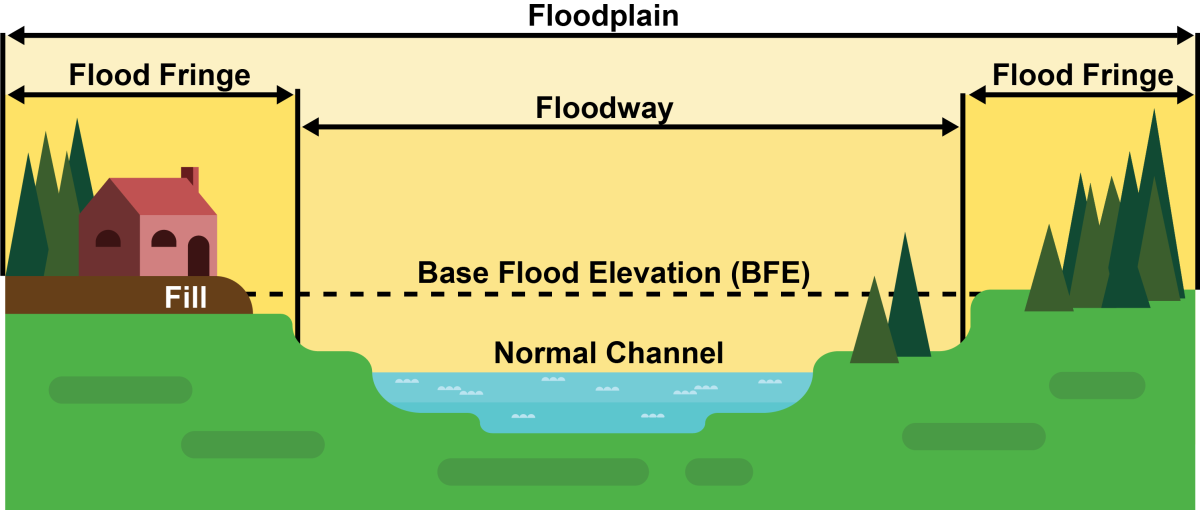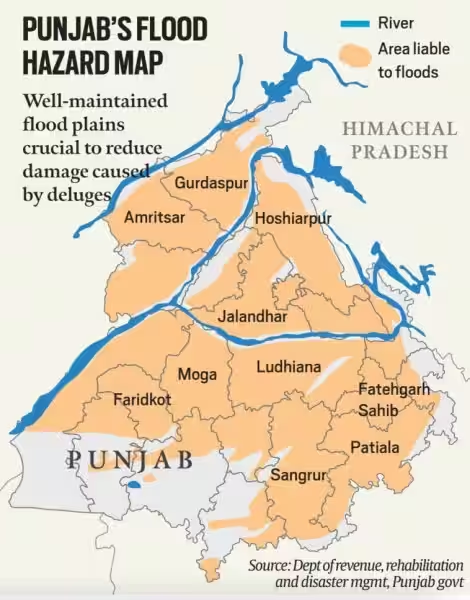900 319 0030
enquiry@shankarias.in
Punjab is witnessing flood for over a month now. The villages along the rivers Sutlej, Beas, Ravi and Ghaggar are the worst affected.


References